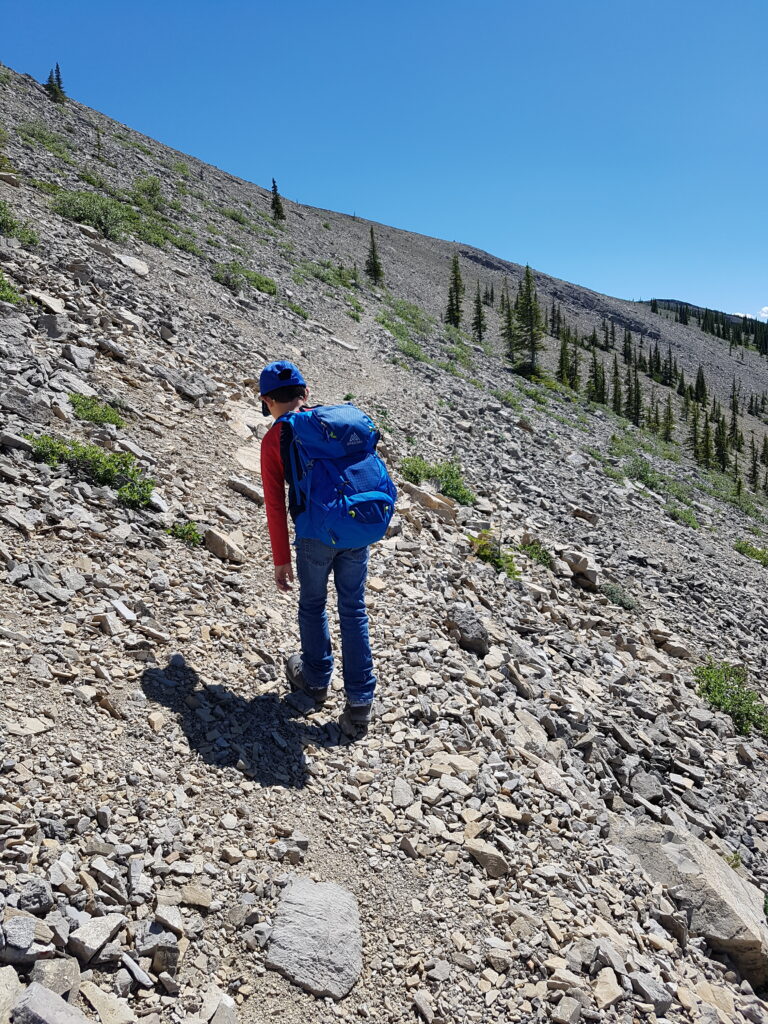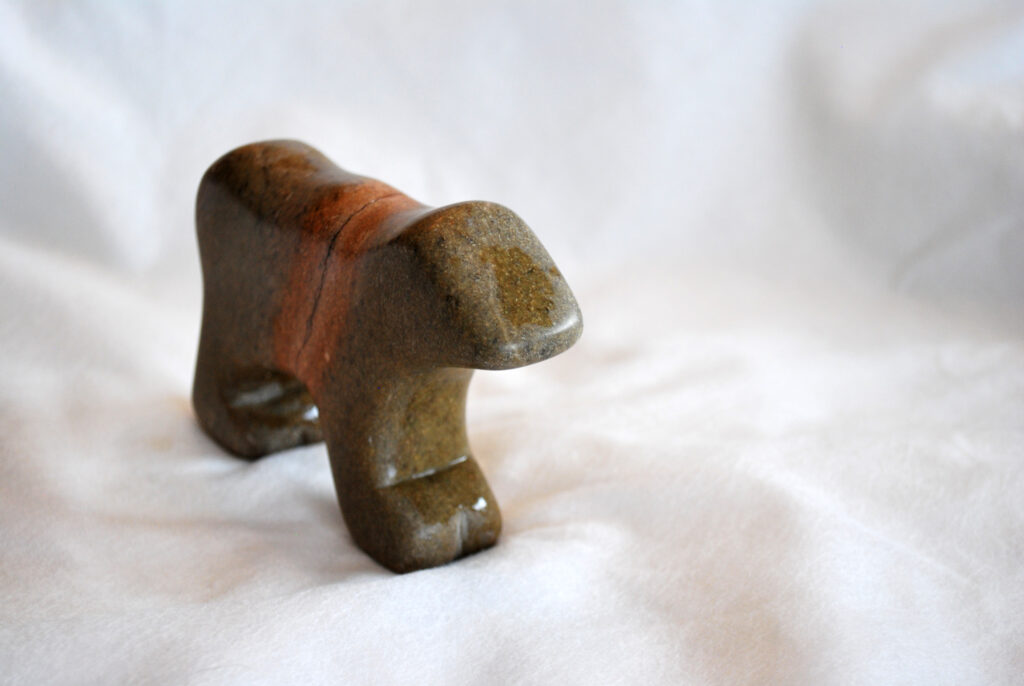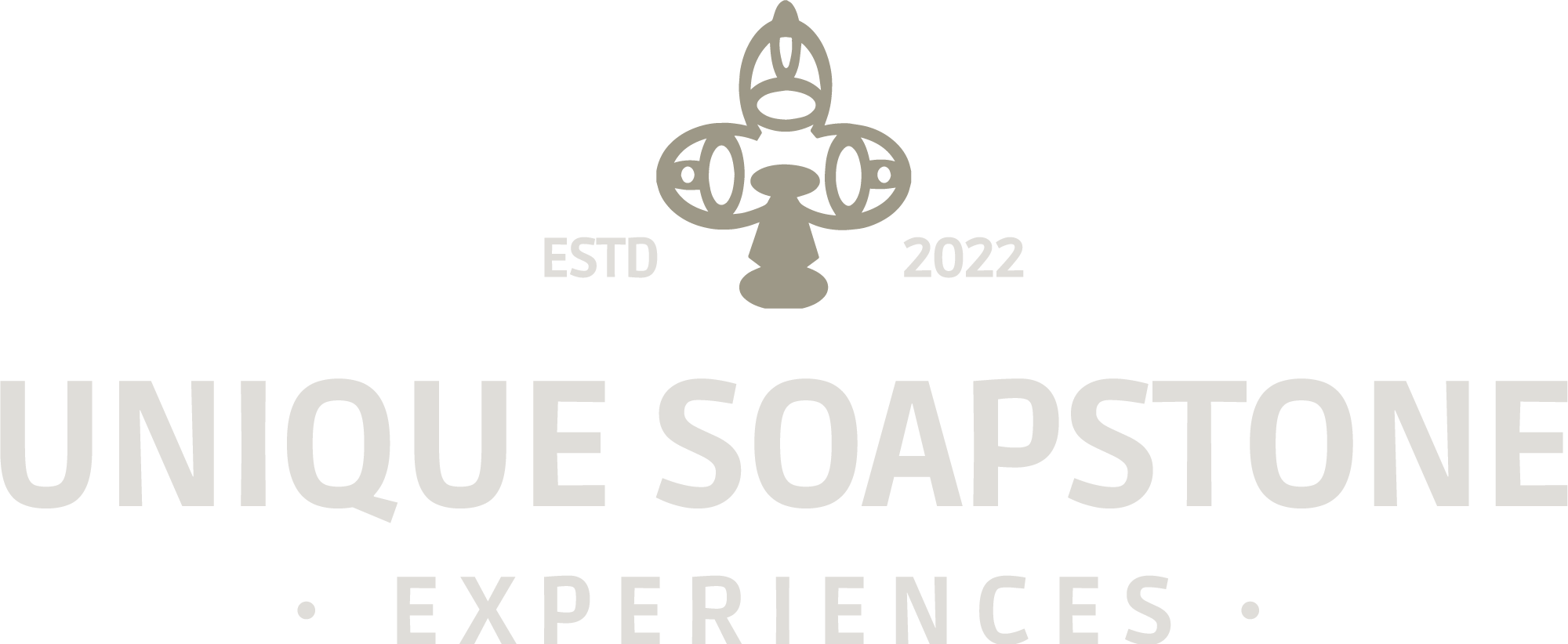Mindset: The Foundation for Growth in Art and Life

A positive mindset shapes the way we respond to challenges, fueling both personal and artistic growth. Rooted in the idea of continuous learning and self-improvement, a mindset—particularly a growth mindset—affects our capacity to persevere through difficulties, take risks, and embrace creativity. As highlighted throughout the previous four articles in this series—mindfulness, meditation, creativity, and curiosity—mindset is the base upon which all other elements build. Without the right mindset, even the best tools and strategies fall flat, while with the right mindset, we gain clarity and purpose. In this article, we explore how mindset serves as the linchpin of success, with specific focus on artistic expression, and how its principles translate into resilience, adaptability, and personal development in daily life.
Mindset and Art: The Intersection of Creativity and Personal Growth
Artistic creation is inherently tied to mindset. Artists face uncertainty, fear of failure, and self-doubt as natural parts of the creative process. Carol Dweck, the researcher behind the concept of the growth mindset, explains that individuals with this mindset view challenges not as barriers but as opportunities for learning and development (Dweck, 2006). In our Unique Soapstone Experiences (USE) workshops, we emphasize that participants leave their self-doubt behind by embracing mistakes as essential parts of the process. This aligns with our core tagline: “Leave your can’t at the door.”
Creativity flourishes when individuals step outside their comfort zones, something that only becomes possible when they adopt a mindset focused on growth. Art—and stone sculpting, in particular—requires patience and resilience. Mistakes are inevitable, whether in the form of a misdirected chisel or an unanticipated fracture in the stone. But instead of frustration, the right mindset reframes these moments as creative redirections. A small error can spark a new, innovative direction for the piece. This ability to pivot, rather than feel defeated, is a hallmark of the growth mindset (Duckworth, 2016).
Mindset also integrates seamlessly with mindfulness, meditation, creativity, and curiosity—the topics discussed in earlier blog posts. Mindfulness helps participants stay present during the process, reducing negative self-talk and judgment. Meditation deepens focus and awareness, which strengthens one’s mindset over time by reducing reactivity and encouraging thoughtful responses to challenges (Davidson & McEwen, 2012). Creativity thrives in a space where the mind is open to experimentation, and curiosity drives exploration. Together, these elements come alive through a growth-oriented mindset, reinforcing the idea that setbacks are not failures but essential steps toward success.
When participants in our workshops embrace this outlook, they leave with more than a sculpture—they gain tools to navigate uncertainty and engage creatively with the world. Artistic development becomes a metaphor for life, showing how a change in perspective transforms obstacles into opportunities for growth.
Mindset in Everyday Life: A Blueprint for Personal Growth and Success
The impact of mindset extends beyond art. It shapes how we navigate life’s uncertainties, respond to setbacks, and approach new opportunities. With the right mindset, personal and professional challenges become stepping stones for self-improvement. Without it, these same challenges may feel insurmountable, leading to self-doubt and a victim mentality.
A fixed mindset—the belief that abilities and intelligence are static—leads individuals to avoid challenges for fear of failure. In contrast, a growth mindset fosters resilience, encouraging individuals to persevere through difficulties because they believe they can improve through effort (Dweck, 2006). This perspective is essential for success in both life and art, as it encourages individuals to embrace discomfort and trust the process of learning.
Mindset also shapes our ability to be adaptable, a critical skill in today’s fast-changing world. Psychologists Angela Duckworth and Christopher Peterson describe grit—a blend of passion and perseverance—as a predictor of success. Grit is closely linked to a growth mindset, as it requires believing that one’s efforts will lead to improvement over time, even when progress feels slow or invisible (Duckworth, 2016).
In the context of mindfulness and meditation, the ability to stay present helps reinforce a positive mindset by reducing emotional reactivity. People with a mindful attitude tend to respond rather than react to stressful situations, making them more resilient and adaptable in the face of adversity (Shapiro et al., 2006). The same is true for curiosity and creativity: a growth mindset nurtures both by encouraging exploration without fear of making mistakes. Life becomes an ongoing process of discovery and experimentation.
For example, individuals who approach setbacks with curiosity rather than frustration tend to seek solutions and grow through the experience. Similarly, viewing challenges through the lens of creativity enables people to think outside the box and develop innovative solutions. As with art, mistakes in life provide valuable lessons—if approached with the right mindset.
Mindset as the Foundation for Success
At its core, mindset is the foundation upon which all other personal and artistic development builds. It acts as the lens through which we interpret our experiences. With a growth mindset, we are empowered to face difficulties with resilience, creativity, and curiosity. Without it, we risk becoming blind to opportunities, stuck in cycles of frustration and self-doubt.
Our workshops at USE are designed to foster this mindset by creating a non-judgmental space where participants can explore creativity freely and without fear. Participants learn that every challenge—whether artistic or personal—is an invitation to grow. As our previous blog posts have highlighted, mindfulness, meditation, creativity, and curiosity are interconnected aspects of this journey. But it all begins with mindset. With the right mindset, individuals can break through self-imposed limitations and step into their full potential.
Whether sculpting a piece of stone or navigating the complexities of life, mindset shapes our path forward. As we teach in our workshops, every chip removed from the stone brings us closer to revealing the masterpiece hidden within—both in art and in life.
References
Davidson, R. J., & McEwen, B. S. (2012). Social influences on neuroplasticity: Stress and interventions to promote well-being. Nature Neuroscience, 15(5), 689-695. https://doi.org/10.1038/nn.3093
Duckworth, A. (2016). Grit: The power of passion and perseverance. Scribner.
Dweck, C. S. (2006). Mindset: The new psychology of success. Random House.
Shapiro, S. L., Carlson, L. E., Astin, J. A., & Freedman, B. (2006). Mechanisms of mindfulness. Journal of Clinical Psychology, 62(3), 373-386. https://doi.org/10.1002/jclp.20237


